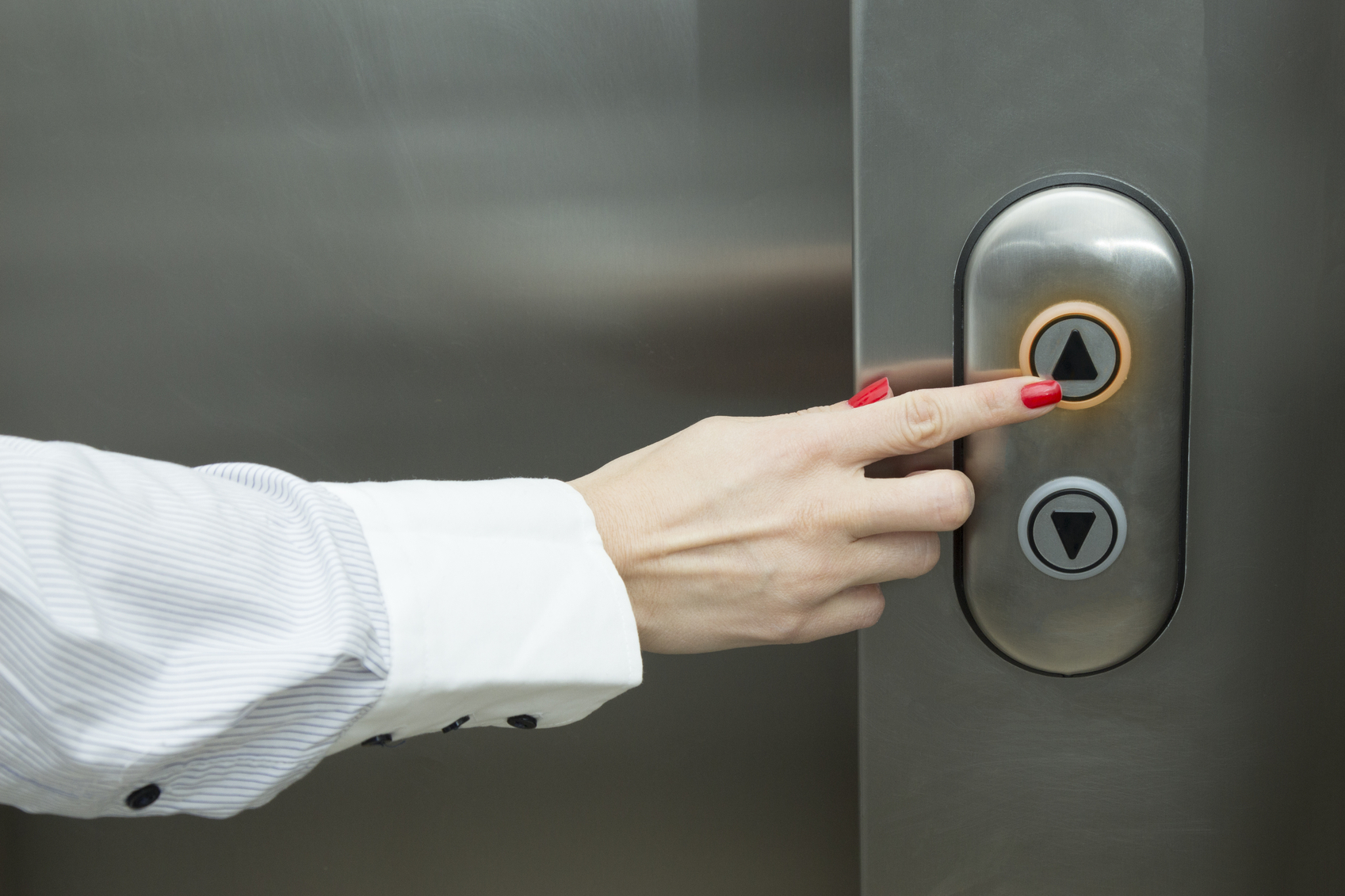Diving Into the Globe of Elevators: Common Concerns Dealt With by Different Lift Systems
As we navigate via the vertical transport systems of modern-day buildings, lifts stand out as an essential component of our everyday lives. From hydraulic lifts to traction systems and machine-room-less styles, each lift kind comes with its set of typical concerns.
Hydraulic Elevators
Hydraulic elevators, often liked for low-rise structures, utilize fluid pressure to regulate the motion of the lift car (lift repair companies). This system includes a hydraulic pump pressing oil into a cylinder, creating the elevator to move in the wanted instructions. While hydraulic elevators are understood for their smooth and silent procedure, they do feature their own set of typical concerns
One common issue with hydraulic lifts is oil leak. Additionally, concerns with the control system, such as malfunctioning valves or a malfunctioning pump, can trigger interruptions in the elevator's motion.
Routine maintenance and timely repair work are important to make certain the smooth performance of hydraulic lifts. By attending to these typical problems proactively, building owners can minimize downtime and ensure the safety and security and efficiency of their upright transport system.
Grip Elevators
When considering upright transport systems in buildings, an additional usual type in addition to hydraulic lifts is the grip elevator. Traction lifts run making use of a system of ropes and weights that move the lift auto by clutching onto the hoist ropes. This system permits smoother and much faster upright transportation compared to hydraulic systems.
Among the typical problems faced by grip elevators is rope wear. The constant motion of the ropes within the grip system can cause damage with time, potentially causing the lift to malfunction or become unsafe for usage. Regular inspections and upkeep of the ropes are important to ensure the elevator's correct functioning and safety.
One more issue that traction lifts may run into is associated with the control system. Issues with the control system can lead to problems such as erratic motion, hold-ups in reaction times, or also complete shutdowns. Normal testing and maintenance of the control system are crucial to stop such issues and guarantee the lift's reliability.
Machine-Room-Less (MRL) Lifts

Among the vital elements of MRL elevators is the portable gearless grip maker that is set up within the hoistway. This device efficiently drives the lift auto without the requirement for cumbersome tools discovered in conventional grip lifts. Additionally, MRL lifts commonly make use of a weight system to balance the vehicle, further boosting their power efficiency.
Despite their benefits, MRL lifts may encounter challenges connected to maintenance and repair work due to the restricted room for equipment setup. Accessibility for servicing elements within the shaft can be restricted, requiring specialized training for service technicians. Proper upkeep schedules and regular examinations are essential to make sure the ongoing smooth operation of MRL elevators.
Overloading and Weight Limitation Issues
Are lifts outfitted to manage excess weight loads successfully and safely? Overwhelming and weight limitation issues are important problems in elevator procedures. Lift manufacturers design lifts with particular weight abilities to ensure traveler security and devices long life. Going beyond these weight restrictions can lead to numerous issues, consisting of mechanical failings, delays, and safety risks.
When lifts are strained, it places extreme stress on the motor, cables, and other elements, potentially triggering breakdowns or breakdowns. Safety and security systems such as sensors and overload sensing units are in place to stop lifts from relocating if they discover excess weight. Additionally, going beyond weight restrictions can result in increased power usage and damage on the elevator system.
To reduce straining problems, building supervisors ought to plainly show weight limits in lifts and enlighten passengers on the lift repair near me significance of sticking to these limitations - lift repair companies. Normal maintenance checks by certified professionals can likewise help make sure that elevators are running within safe weight specifications. By dealing with overloading and weight restriction issues proactively, structure owners can boost lift safety and performance
Electrical System Failures
Exceeding weight limits in elevators can not only lead to mechanical issues but likewise possibly add to electric system failures within the lift facilities. Electrical system failures are an important problem in lift procedure, as they can cause unforeseen closures, breakdowns, or also security dangers.
In addition, power surges or changes in the electrical supply can also disrupt the elevator's procedure, influencing its efficiency and security. These electrical disturbances can damage delicate lift elements such as control panels, circuit card, or sensors, leading to system failings. Normal maintenance and evaluations are essential to identify and address possible electric problems promptly, ensuring the efficient and secure operation of elevator systems. By sticking to weight limitations and conducting regular electric system checks, building proprietors can reduce the risk of electric failures in lifts.
Verdict

Hydraulic lifts, commonly liked for low-rise buildings, make use of fluid pressure to control the activity of the elevator vehicle.When considering upright transportation systems in structures, one more usual type apart from hydraulic lifts is the traction lift. Traction lifts operate making use of a system of ropes and counterweights that relocate the elevator auto by grasping onto the hoist ropes. Unlike traditional lifts that require a different machine space to house the equipment, MRL elevators integrate most of the elements within the shaft, eliminating the lift companies in London requirement for a devoted equipment space.In verdict, elevators deal with usual problems such as hydraulic breakdowns, traction system failings, and electric system problems.